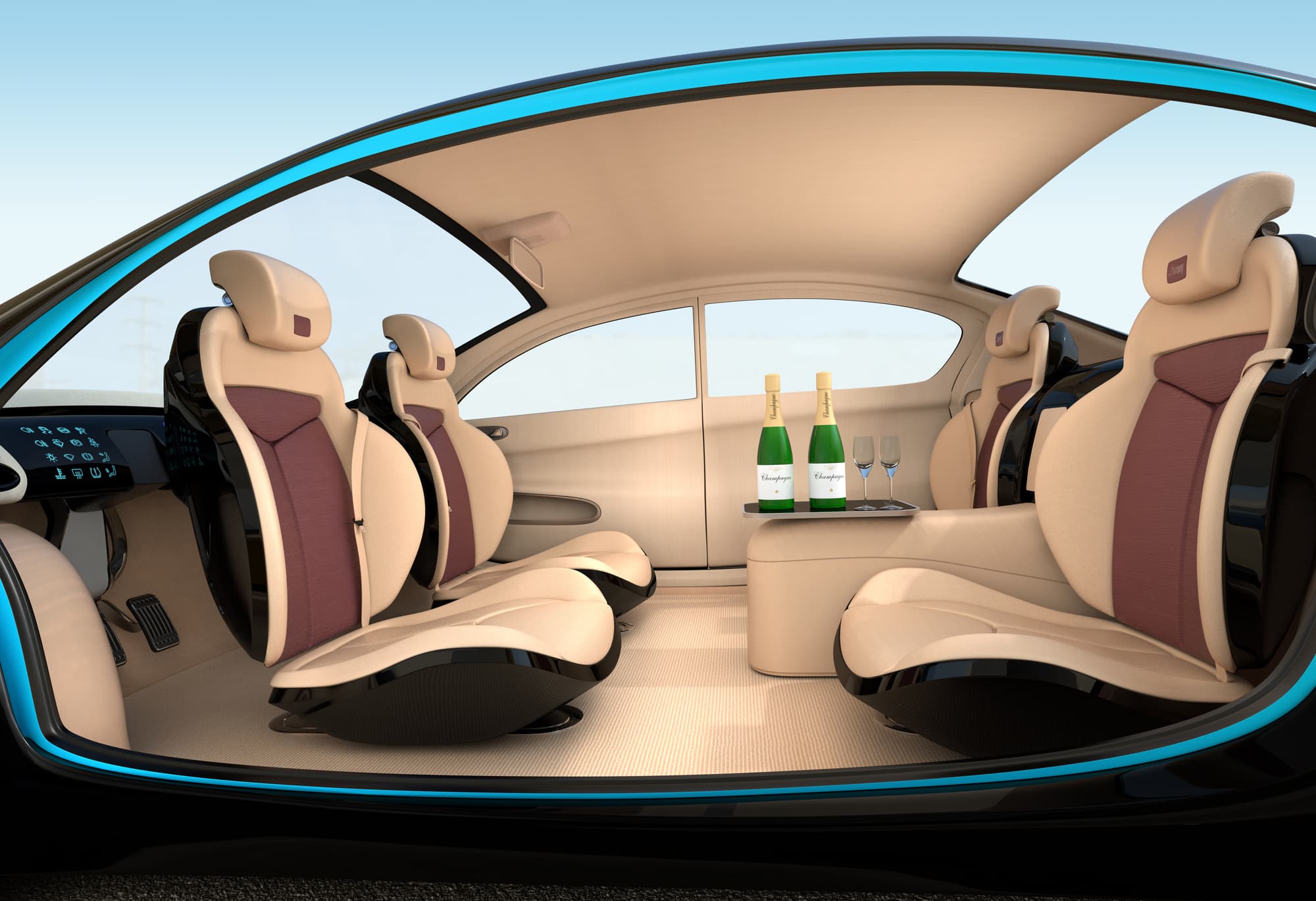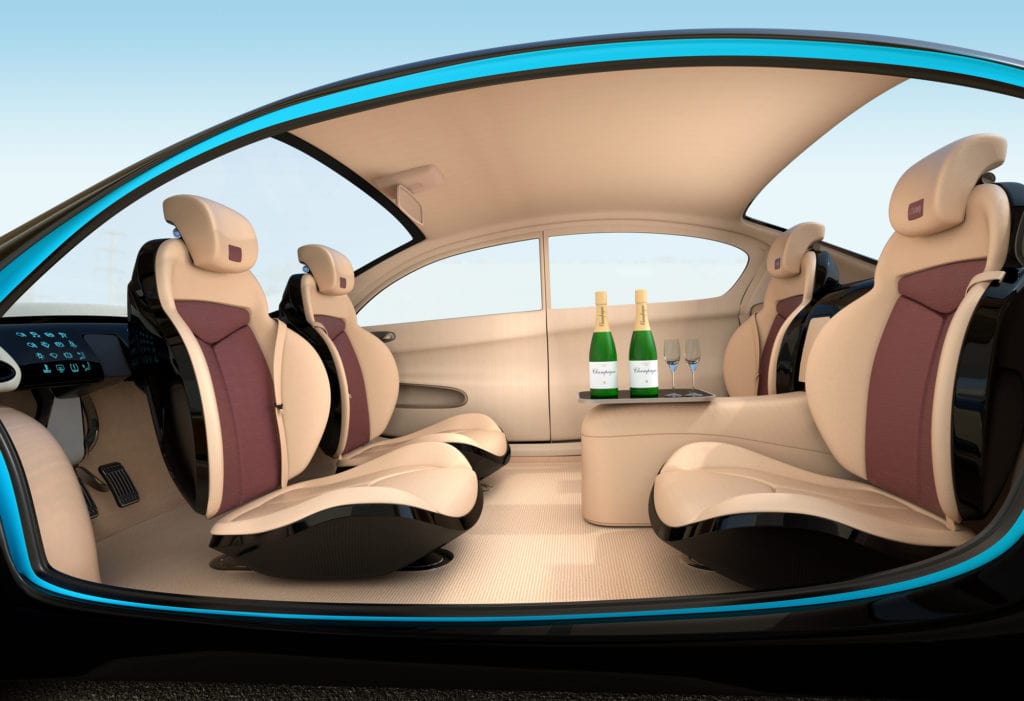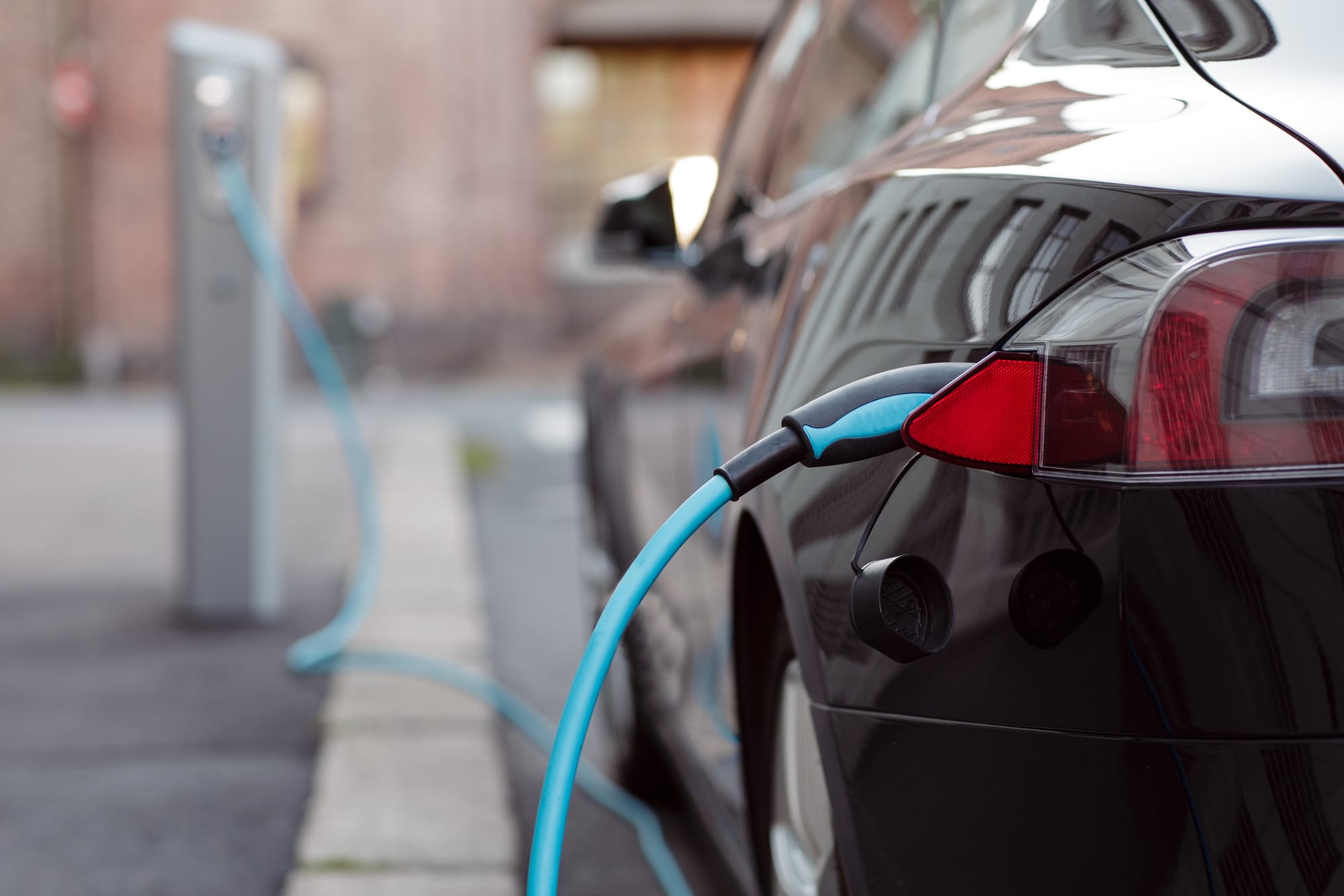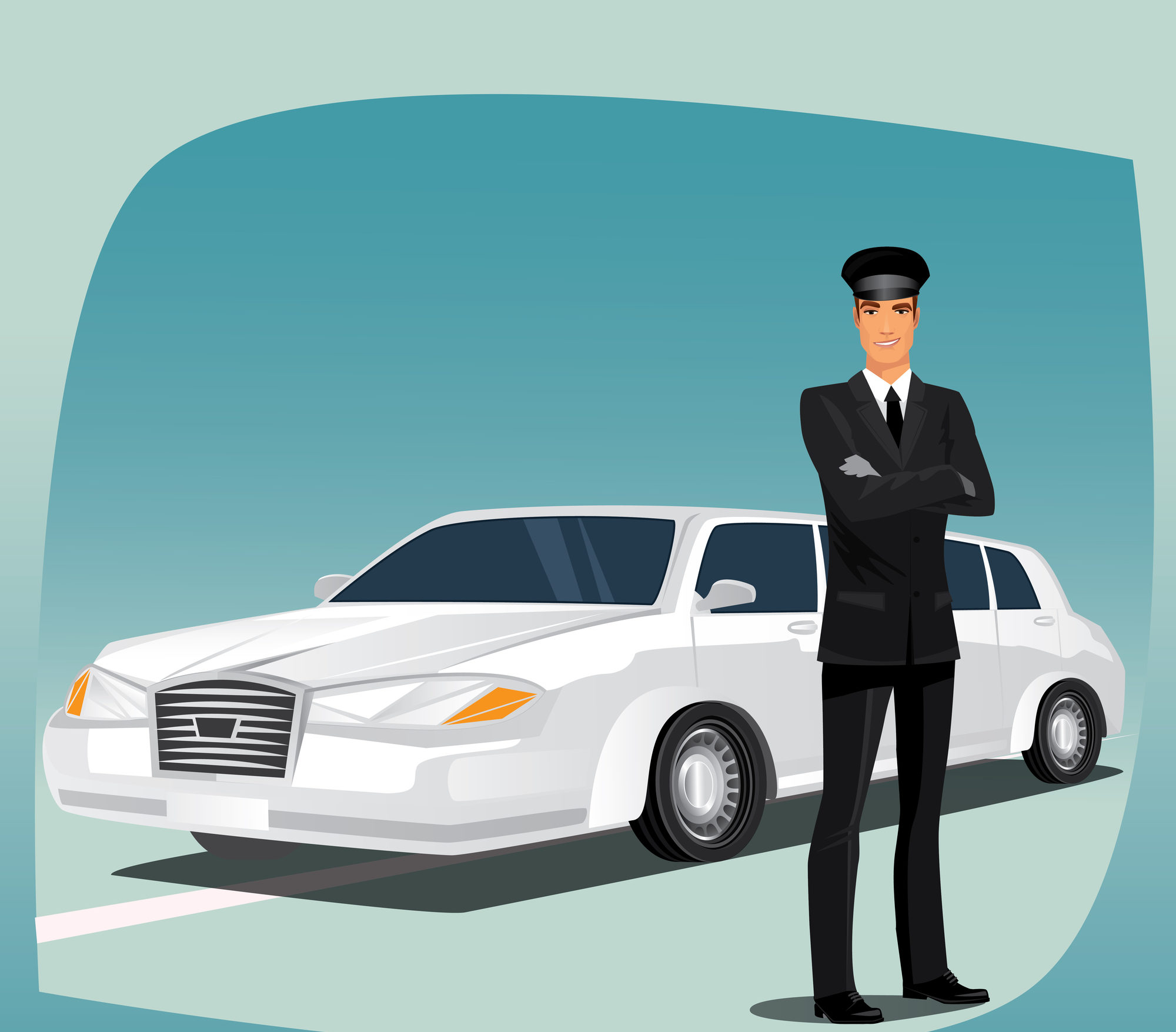Driverless vehicles are in the headlines often these days. The technology is effective enough that these cars are now being tested on public roads, and companies are vying for approval to operate driverless taxis in California’s Bay Area. Currently, these cars are on the road in some cities, but in most cases, they require a driver who can take over if the automatic system doesn’t work correctly.
Table of Contents
What about a Driverless Limousine?
The driverless vehicle trend also includes limousines. In fact, Mercedes Benz has concrete plans to develop and market luxury autonomous autos that can serve as part of a limo fleet. The German automaker already has a prototype driverless vehicle, and most projections suggest that autonomous cars could hit the road as early as 2025.
What Is the Benefit of an Autonomous Limousine?
Yes, there is a novelty factor, but these cars will also be cheaper to operate, which could eventually make them more affordable to hire. They will provide more privacy and flexibility, as well, and stretch limousines and luxury sprinter vans will be able to accommodate more passengers than taxis and standard driverless cars.
What Would it Take to Make a Driverless Limo Fleet a Reality?
Currently, the tech isn’t good enough for widespread autonomous vehicle adoption. The most promising idea for making it a reality is the development of a virtual grid system for vehicles. Currently, driverless cars rely on sensors to collect data that tells the vehicle where to go and when to start and stop. A grid system would allow cars to communicate with one another. They could tell each other where they are going and provide notice when they make maneuvers so other cars can avoid them.
Even if such a system gets built, driverless cars will need to prove that they are capable of driving safely in every imaginable condition before authorities allow them on public roads. These legal and regulatory hurdles could be as big as the technological ones. However, early adopters, such as the Bay Area taxi services, could help smooth the legal approval process.
What About Safety?
Many people perceive driverless vehicles as unsafe. While the technology isn’t good enough for widespread adoption just yet, autonomous autos don’t totally deserve their dangerous reputation. The media widely reports any accidents that involve a driverless car, even though some of these occur because a driver misused the system or other circumstances were to blame. The coverage leads people to believe that these accidents are much more common than they actually are.
Accidents in regular vehicles occur often because of driver errors. There have been a number of tragic accidents in recent years involving limousines. These were due to mistakes, improperly maintained equipment, or the driver being under the influence of drugs or alcohol. Driverless limos would take these issues out of the equation. With the adoption of a grid system, riding in a taxi, limo, or private vehicle could be far safer, and accidents and fatalities due to DUIs would be a thing of the past.
At the same time, some people value the personalized service that a limo driver provides. A driverless car won’t engage in conversation, offer restaurant tips, or congratulate you on a special occasion.
Where Is Driverless Technology Right Now?
Fully autonomous autos are a few years away, and widespread adoption will take a decade after that. However, most new cars have semi-autonomous features that use sensors for specific tasks. If you have a new automobile, chances are it uses sensors, radar, or cameras to power an accident avoidance system, which engages the brakes and steering when it senses an impending collision.
Get the Fleet Management Support You Need
LL24 helps your luxury transportation activity operate efficiently with fleet logistics, booking and upselling, as well as integration with the livery software you are already using.




